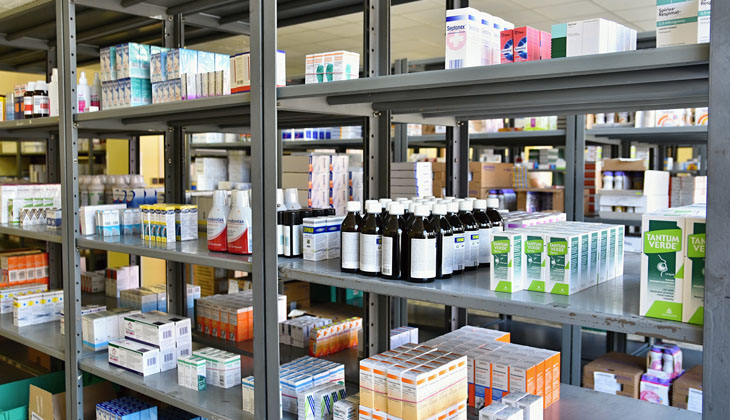The pharmaceutical industry is one of the largest industries in Europe, with a revenue of over €200 billion. With such a massive industry comes a vast supply chain that involves the production, packaging, and distribution of drugs across the continent. The role of warehouse logistics in the distribution of pharmaceuticals in Europe is crucial in ensuring that drugs reach their intended destination on time and in the right condition.
Pharmaceutical companies in Europe have some of the largest and most sophisticated warehouses in the world. These warehouses are designed to meet the specific needs of the pharmaceutical industry, with features such as climate-controlled environments and strict security measures. The largest pharmaceutical companies in Europe, such as Novartis, Pfizer, and Roche, have warehouses in various locations across the continent. For instance, Novartis has warehouses in Austria, Belgium, France, Germany, Italy, Spain, Switzerland, and the United Kingdom.

The volume of cargo transported by these companies is enormous. In 2020, Novartis reported that it shipped approximately 290,000 metric tons of products globally, while Roche reported that it shipped over 350,000 metric tons of products in the same year. These figures highlight the significant role that warehouse logistics play in the pharmaceutical industry in Europe.
The specifics of warehousing in the pharmaceutical industry in Europe are unique due to the sensitivity and complexity of pharmaceutical products. Pharmaceuticals require specific storage conditions, including temperature and humidity control, to maintain their efficacy and safety. Additionally, strict regulatory requirements, such as Good Manufacturing Practices (GMP), must be followed to ensure that drugs are stored and transported safely and efficiently.
Despite the importance of warehouse logistics in the pharmaceutical industry, there are still some challenges facing the industry in Europe. One of the significant challenges is the lack of standardization in warehouse practices across Europe. The lack of uniformity in regulations and standards can lead to inconsistencies in the quality of storage and distribution processes. Another challenge is the increasing demand for pharmaceutical products due to the aging population, which puts pressure on the supply chain.

However, there are also some trends that are shaping the future of warehousing in the pharmaceutical industry in Europe. One of these trends is the adoption of digital technologies such as IoT, Big Data, and AI to improve warehouse operations. Another trend is the increasing focus on sustainability, with many companies implementing green practices in their warehouses.
Looking forward, the development of warehouse storage in Europe for the next ten years is expected to continue to be driven by technology and sustainability. The adoption of digital technologies is expected to increase, with companies leveraging IoT and AI to improve warehouse operations further. Additionally, there will be an increased focus on sustainability, with companies implementing eco-friendly practices such as energy-efficient lighting, waste reduction, and renewable energy sources.

In conclusion, the role of warehouse logistics in the distribution of pharmaceuticals in Europe cannot be overstated. Pharmaceutical companies in Europe have some of the largest and most sophisticated warehouses in the world, designed to meet the specific needs of the industry. While there are challenges facing the industry, such as the lack of standardization in warehouse practices, there are also trends that are shaping the future of warehousing, including the adoption of digital technologies and the increasing focus on sustainability. The development of warehouse storage in Europe over the next ten years is expected to be driven by these trends, with a continued emphasis on technology and sustainability.






